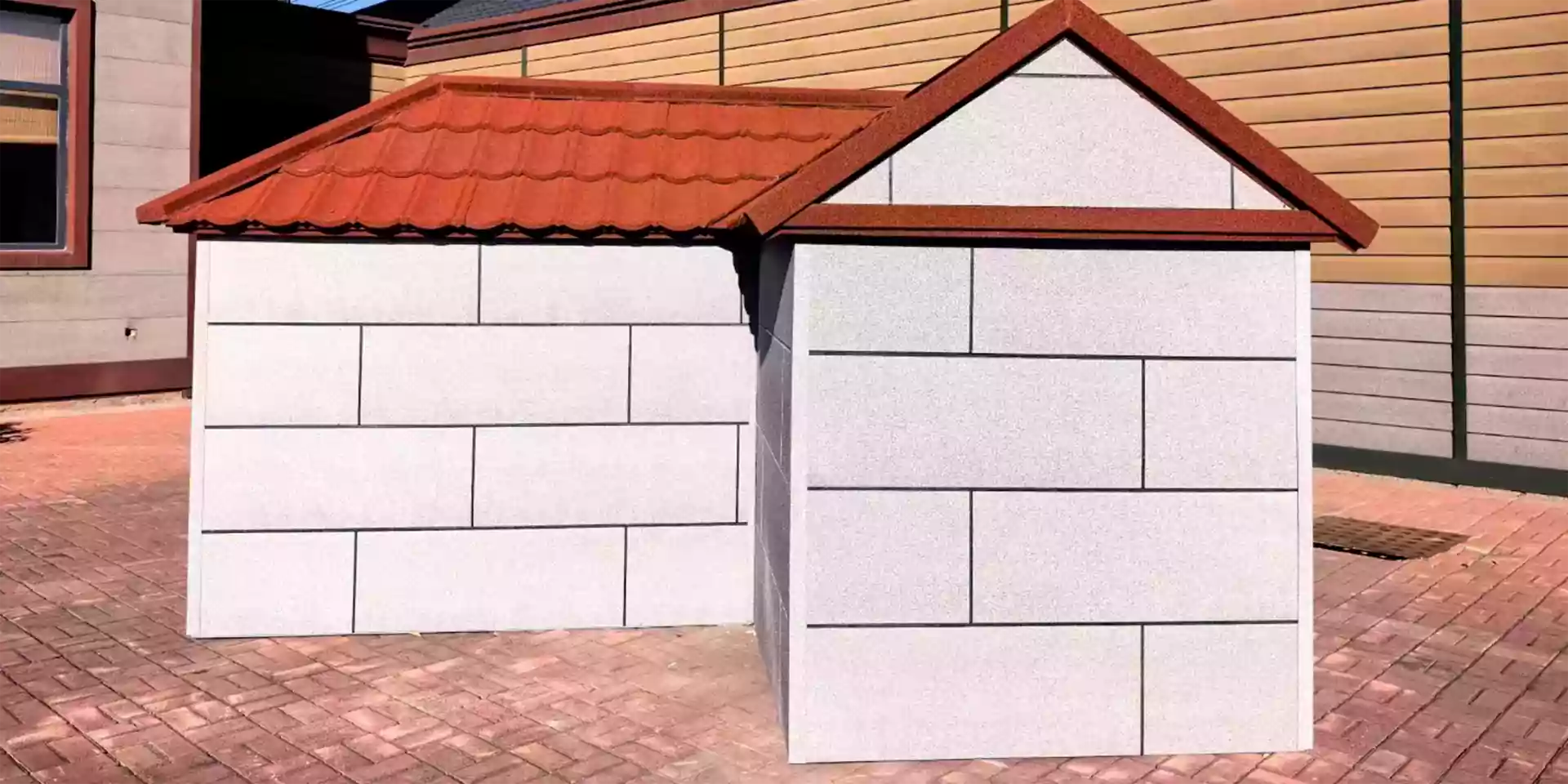
11-р сар . 13, 2024 01:50 Back to list
fiberglass shingle installation
The Ultimate Guide to Fiberglass Shingle Installation
Fiberglass shingles have gained immense popularity in the roofing industry due to their durability, cost-effectiveness, and aesthetic appeal. If you’re considering installing fiberglass shingles, whether for a new construction project or a roof replacement, understanding the installation process can help ensure a successful outcome. This guide will take you through the essential steps and tips to achieve a professional-quality installation.
Understanding Fiberglass Shingles
Before diving into the installation process, it's important to understand what fiberglass shingles are. They are made from a fiberglass mat coated with asphalt and granules, providing excellent UV protection and resistance to moisture. Fiberglass shingles are lighter and more resilient than traditional asphalt shingles, making them an excellent choice for any roofing project.
Materials Needed
To properly install fiberglass shingles, gather the following materials
- Fiberglass shingles - Roofing felt or underlayment - Roofing nails (galvanized recommended) - A roofing hammer or nail gun - Utility knife - Chalk line - Measuring tape - Ladder - Safety gear (gloves, goggles, and non-slip shoes)
Preparation Steps
1. Safety First Before you begin, ensure you have all necessary safety equipment. Working at heights can be dangerous, so wearing a harness and securing a safety line is advisable.
2. Inspect the Roof Deck Check the condition of the roof deck beneath the existing shingles. Any damaged or rotten wood should be replaced to provide a solid base for the new shingles.
3. Clean the Surface Clear the roof of debris, old shingles, and nails. A clean surface ensures that the underlayment adheres properly and prevents moisture issues.
4. Install Underlayment Roll out roofing felt or underlayment over the entire roof deck. This layer provides an extra barrier against moisture and is especially important in regions with heavy rainfall. Overlap each row by approximately 4 inches and secure it with roofing nails.
fiberglass shingle installation

Installing Fiberglass Shingles
1. Starter Course Begin with a starter course along the eaves of the roof. This row should be turned upside down, with the adhesive strip exposed to seal the bottom edge of the first row of shingles. Stagger the joints of the starter shingles to improve waterproofing.
2. Laying the First Row Position the first row of fiberglass shingles directly on top of the starter course. Ensure that the shingles overhang the eaves by about 1/4 inch. Secure them using roofing nails, placing four nails per shingle near the top edge, avoiding the adhesive strip.
3. Continuing Rows As you lay each subsequent row, stagger the shingles so that the joints do not line up. This not only enhances the roof's appearance but also minimizes the risk of leaks. Use a chalk line to keep rows straight and evenly spaced.
4. Cutting for Edges At the edges of the roof, you may need to cut shingles to fit. Use a utility knife for this task and ensure the cut edges are not exposed directly, as this could lead to water penetration.
5. Install Ridge Cap Shingles After the main field shingles are installed, you will need to cap the ridge. Ridge cap shingles are typically cut from standard shingles and should be installed to create a uniform appearance. Overlap the ridge cap shingles and nail them securely.
Final Inspection
Once installation is complete, conduct a thorough inspection of your work. Ensure no shingles are loose, and all edges are properly sealed. Check for any debris that may have fallen onto the roof during installation.
Maintenance Tips
Fiberglass shingles are low-maintenance, but regular inspections are crucial to maximize their lifespan. Remove leaves, branches, and other debris that can trap moisture and promote decay. Additionally, check for any signs of damage after severe weather.
Conclusion
Installing fiberglass shingles can be a rewarding DIY project if approached correctly. This guide provides a comprehensive outline for successful installation, ensuring your roof not only looks great but also stands up to the elements. Should you feel uncertain at any stage, consulting with a professional roofer can provide peace of mind and assurance that your roof is secured for years to come.
-
Lifetime Roof Shingles – Durable Roofing Solutions for Decades
NewsJun.10,2025
-
Top Roofing Shingles Types Compare Different Types of Architectural Roofing Shingles for Your Home
NewsJun.10,2025
-
Affordable Asphalt Shingle Roll Durable & Easy Flat Roof Solution
NewsJun.09,2025
-
Metal Asphalt Look Roofing Durable Shingle-Style Options
NewsJun.09,2025
-
Premium Clay Valley Roof Tiles Durable & Eco-Friendly
NewsJun.09,2025
-
Modern Clay Pantile Roof Tiles Durable & Stylish Roofing
NewsJun.09,2025







